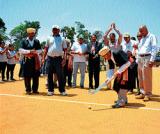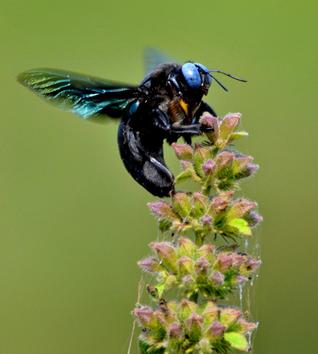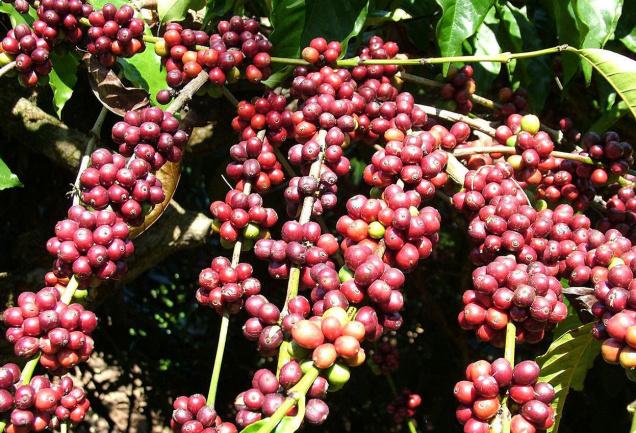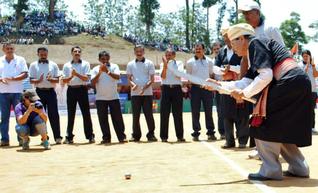Here comes an innovative idea to bring back greenery to the parched, degraded Silicon City.
Four young professionals, Shailesh Deshpande, Reena Chengappa, Sriram Aravamudan and Athreya Chidambi gave up their five-figure corporate jobs and dedicated themselves to small space urban gardening.
Talking about the project, My SunnyBalcony which aims at giving everyone a dream garden, Sriram said, “All four of us came up with this idea while having a discussion over a cup of coffee one day. We realised that there were a lot of trees been cut for flyovers and other projects. Instead of mourning over it, we thought we should do something.”
With high rise buildings being the order of the day, these youngsters plan to bring in the green room movement like in the West.
“Bangalore is a city where we don’t see excessive heat or cold which can destroy the plants. We have to just sow the seeds in the soil and then watch it grow. Initially we started it as a weekend project and later quit our regular jobs to be here. We decided on taking up the balcony spaces of the house as it is a personally owned space unlike the terrace which is a community space. Too narrow to be of any use and too long to be ignored, this balcony was a perfect candidate for a garden. We started doing it at a friend’s place and then at their bosses’ houses. To take it further, we developed a website and got into this business full time. It has been three years now since we started,” he said.
Getting into a totally uncharted territory, they could only hope for the best.
“Four of us initially did all the digging, planting and gardening. Today, we have come to a stage where we can hire some permanent staff. In the mean time, we realised the city has a major issue with garden products and accessories. So we started selling garden products in terracotta, wrought iron and bamboo which are all sourced from artisans in and around Bangalore. Today, our products are available in a couple of stores and we have started taking shipping orders too,” he said.
Avid gardeners, these youngsters took some basic course in gardening before they plunged into the activity thoroughly.
“The gardening course just gave us the basic understanding. We realised the only way this will pick up is through innovative marketing.
With half of Bangalore population being environment-friendly, it was not difficult for us to sell our products.
“With a very basic budget, we could only do our publicity through social networking sites,” said Sriram who encourages vegetable gardening in the city.
“We are not saying that ornamental gardening is bad. We being passionate about organically grown vegetables, feel that there are some easy ways to tackle the issue. Bangalore weather can be classified as a Mediterranean one even though we are in the tropical region because of the city’s altitude. We can easily grow vegetables like spinach, western oregano, tomatoes, brinjals, beans, grapes, ash gourd, pumpkin, bitter gourd, carrots and more. Vegetable creepers over balconies is also an exotic idea,” he offers.
Gardening needs constant care as the plants have to be watered every day which might become difficult for people who travel often. Well, this problem can be settled. “Farewell, water woes. We do have a solution. We assist them with solutions like irrigation, pest control and how to take care of the plants,” he said.
In terms of gardening project, they have covered at least 300-400 houses. “Our garden products have at least reached 1000 homes,” said Sriram who also hosts a number of workshops at corporate houses to create awareness on gardening.
source: http://www.newindianexpress.com / The New Indian Express / Home> Cities> Bangalore / by A Sharadhaa / ENS – Bangalore / April 16tgh, 2013







